Short Graphic Guide for Harley-Davidson Aficionados
If you hang around bikers, especially around fans of the cruiser style, you will hear terms like 'Panhead' and ‘Knucklehead' without knowing their meaning. In today's article, we're going to offer a short guide on how to tell the difference between different Harley-Davidson engines.
First of all, you need to know that Harley-Davidson models were commonly known by the name of the power plants the respective bikes were using.
Harleys from the old days were not so different from one another, and the models were often just referred to by their power plant. Also, the shape of the rocker box covers usually gave the model’s nickname.
It became a practice among motorcycle aficionados. Most old Harleys ended up getting chopped by veterans that came back from World War 2. At the time, knowing the differences between power plants allowed you to know what model the bike originally started life as.
There are two main Harley groups: Big Twins and Everything Else. Big Twin Harleys have separate transmission assemblies (the gearbox and the engine use different lubricants, allowing for extensive work to be done to the gearbox without splitting the engine cases) and left side final drive.
Check Out The Differences Between Custom Motorcycles
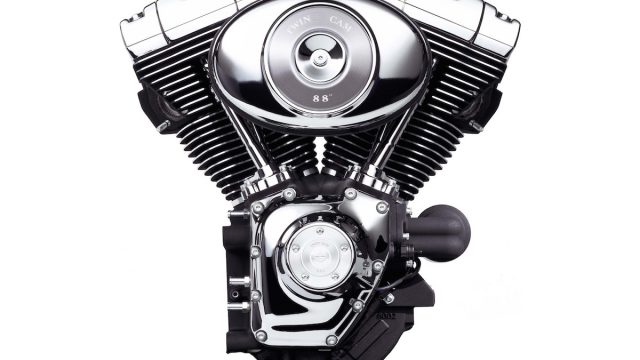
Here are some notable Big Twins:
– Flathead 1930-1948 (74 cubic inches; later the displacement was increased to 80 cubic inches)
– Knucklehead, 1936-47 (61 cubic inches; later 74 cubic inches)
– Panhead, 1948-65. (First 61 cubic inches; later 74 cubic inches)
– Shovelhead, 1966-84 (74 cubic inches; later 80 cubic inches)
– Blockhead, 1984-99 (All Blockheads have the same displacement of 80 cubic inches; they are also called Evolution or Evo. This engine is not to be confused with the Sportster Evo – same name, different engine)
– Twin Cam, 1999-present (There are 88-ci, 96-ci, 103-ci, and 110-ci versions)
In the 'Everything Else' category you're going to find the following players:
– 45 (Flathead): produced from 1929 to 1973 (not to be confused with the Big Twin Flathead)
– Ironhead: 1957 – 1985. This engine was found only in XL models (a.k.a Sportsters)
– Evo (Evolution) Sportster: 1986 – Present. Sportster only engine. Comes in 883 cc and 1200 cc versions.
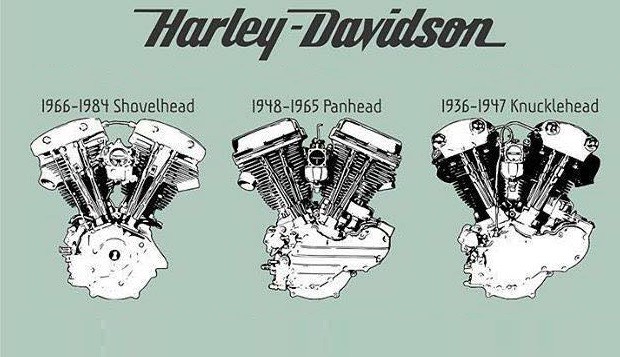
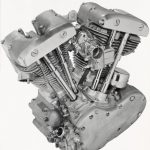
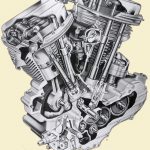
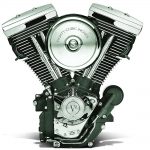
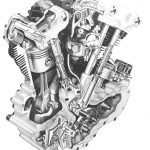
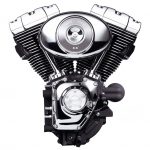
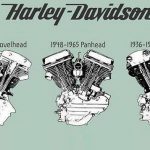
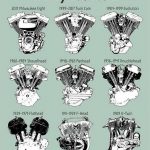
I have a question I just picked up a sportster 1996 883 the crank case numbers say it is an 883 evo twin cam 103 I’m having trouble finding info on this motor would like to learn so I can get correct parts and stuff